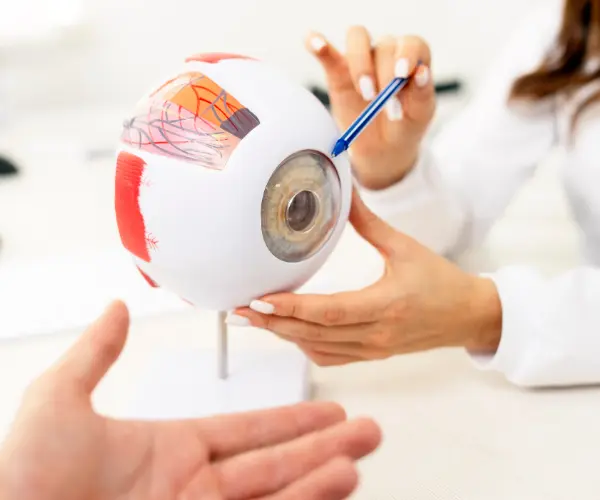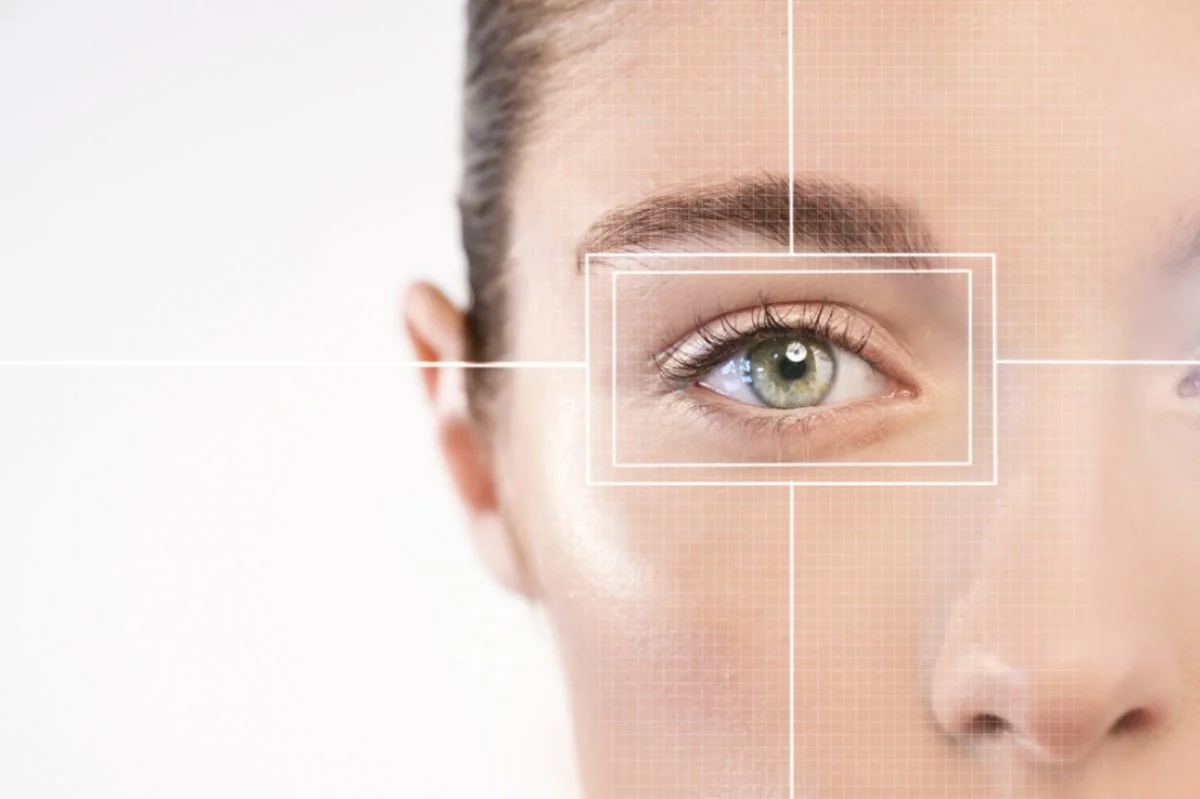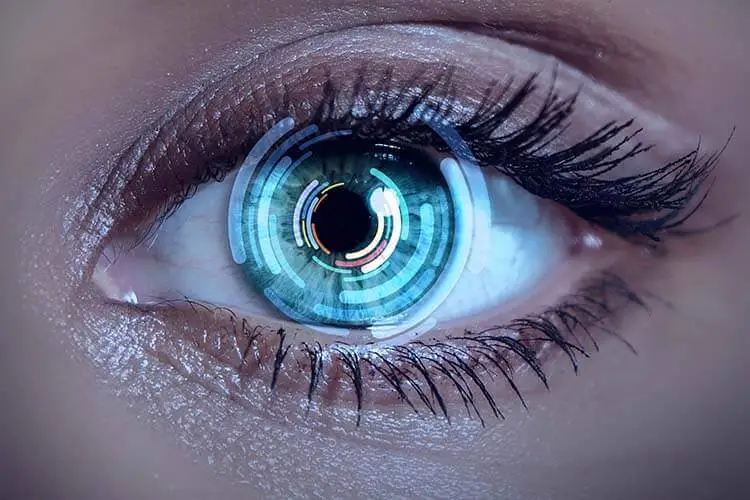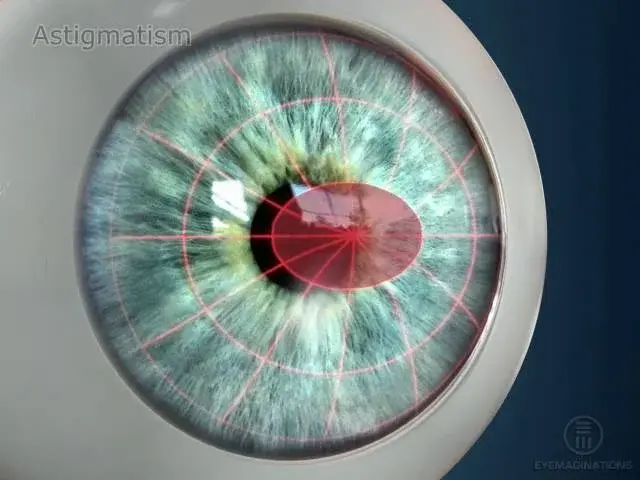Wearing glasses or contact lenses is one of the common ways to correct vision problems. However, advances in intraocular lens technology and laser treatments now offer the opportunity to eliminate dependence on glasses completely, providing permanent clear vision. Smart lenses and laser treatments appeal to a wide range of patients, from cataract patients to those with refractive errors like myopia and astigmatism.
In this article, we will examine the permanent solutions offered by smart lenses (intraocular lenses) and the most commonly used laser treatment methods to eliminate the need for glasses in detail.
Smart Lenses (Intraocular Lenses)
Smart lenses are specially designed lenses implanted into the eye, permanently remaining inside. These lenses provide clear vision at near, intermediate, and far distances, eliminating the need for glasses. They offer an effective solution for individuals who have undergone cataract surgery, presbyopia (age-related near vision impairment), or have high degrees of myopia, hyperopia, or astigmatism. Smart lenses improve the quality of life and allow clear vision without glasses during daily activities.
Multifocal Smart Lenses
Multifocal smart lenses are lenses with multiple focal points that provide clear vision both near and far. These lenses are particularly suitable for individuals who need glasses due to presbyopia. Activities like reading, watching TV, and daily tasks can be performed without glasses. Mild light reflections (halos, glare) might occur, but most patients adapt to these effects over time.
Trifocal Smart Lenses
Trifocal smart lenses represent the most advanced lens technology, providing clear vision at near, intermediate, and far distances. They are often preferred due to their excellent performance at intermediate distances, such as computer and phone screens. They offer outstanding results after cataract surgery or for patients with high hyperopia. They are more comfortable than multifocal lenses, especially regarding adaptation to nighttime glare.
EDOF (Extended Depth of Focus) Lenses
EDOF lenses are new-generation lenses offering clearer vision, particularly at intermediate distances, while minimizing optical distortions. These lenses are ideal for daily activities like computer use and reading. Compared to multifocal lenses, they provide a more comfortable experience during nighttime driving by offering clearer vision. EDOF lenses are also suitable for patients with mild astigmatism.
Toric Lenses (Special Lenses for Astigmatism)
Toric lenses are intraocular lenses specifically designed to correct astigmatism. Unlike standard smart lenses, they correct irregularities in the cornea, providing sharper and clearer vision. They offer an effective alternative for individuals forced to use glasses due to astigmatism. Toric lenses are individually customized through precise measurements for optimal results.
Phakic Intraocular Lenses (ICL – Implantable Contact Lenses)
Phakic intraocular lenses are an alternative developed for individuals whose corneal structure is unsuitable for laser treatments. In this method, the eye’s natural lens remains intact while an additional artificial lens is implanted, providing an effective solution for high-degree myopia, hyperopia, or astigmatism. Usually recommended for younger patients, this procedure is less invasive compared to laser surgery and is reversible.
Laser Treatments
Laser treatments are surgical techniques developed for individuals who wish to permanently correct refractive errors such as myopia, hyperopia, and astigmatism. These procedures reshape the cornea to eliminate the need for glasses and lenses. Laser treatments have become extremely popular due to their rapid recovery and high success rates.
LASIK (Laser-Assisted in Situ Keratomileusis)
LASIK is one of the most commonly used laser treatments. In this method, a thin flap is created on the cornea, and laser reshapes the corneal tissue underneath, correcting vision. The recovery process is fast, and patients typically achieve clear vision within hours. It offers a permanent solution for myopia, hyperopia, and astigmatism.
PRK (Photorefractive Keratectomy) Treatment
PRK is recommended for patients with thinner corneas. Although its recovery period is longer compared to LASIK, it provides permanent results. It is especially suitable for athletes, military personnel, and professions at higher risk of eye injury. PRK is also a safe alternative for patients unsuitable for LASIK surgery.
SMILE Laser (Small Incision Lenticule Extraction)
SMILE laser is a minimally invasive method used to correct myopia and astigmatism. Since it involves less corneal intervention, the recovery period is more comfortable. The risk of dry eyes is lower, making it ideal for individuals with sensitive eyes. Because it requires a smaller incision, infection risks are also minimized.
No-Touch Laser
No-Touch laser is among the most advanced laser treatments, performed without any physical contact with the eye surface. In this method, the cornea is reshaped by directly applying laser to the surface. It's completely painless and provides rapid healing. This method was specially developed for individuals with sensitive eyes who may not be suitable for conventional laser treatments.

















